Elon Musk, the visionary entrepreneur and founder of companies like Tesla and SpaceX, has once again made headlines with his latest venture: Neuralink.
Neuralink is a brain-computer interface company that aims to revolutionize the way we interact with technology by merging our minds with machines.
The First Human Neuralink Patient

In a recent announcement, Musk revealed that the first human patient has received an implant from Neuralink, marking a major milestone in the field of neurotechnology.
Let’s explore the groundbreaking work of Neuralink and delve into the implications of this technological advancement, from the potential applications of brain-computer interfaces to the challenges and concerns surrounding their implementation.
The Birth of Neuralink
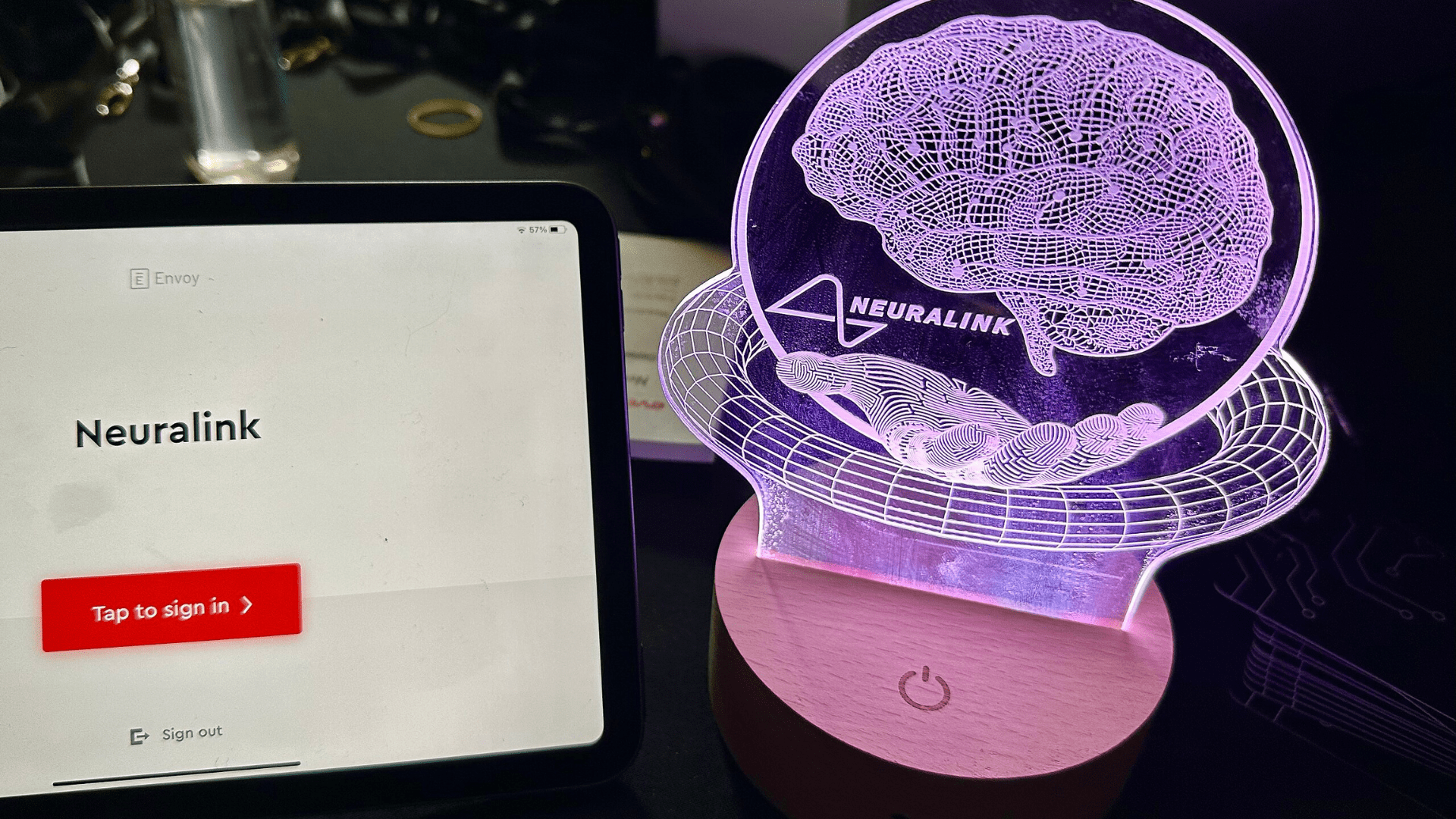
Neuralink was founded in 2016 with the ambitious goal of developing implantable brain-computer interfaces that could enhance human cognition and revolutionize healthcare.
The company’s mission is to create a symbiotic relationship between humans and AI, enabling a seamless exchange of information between the brain and external devices.
A Human Receives Neuralink Implant
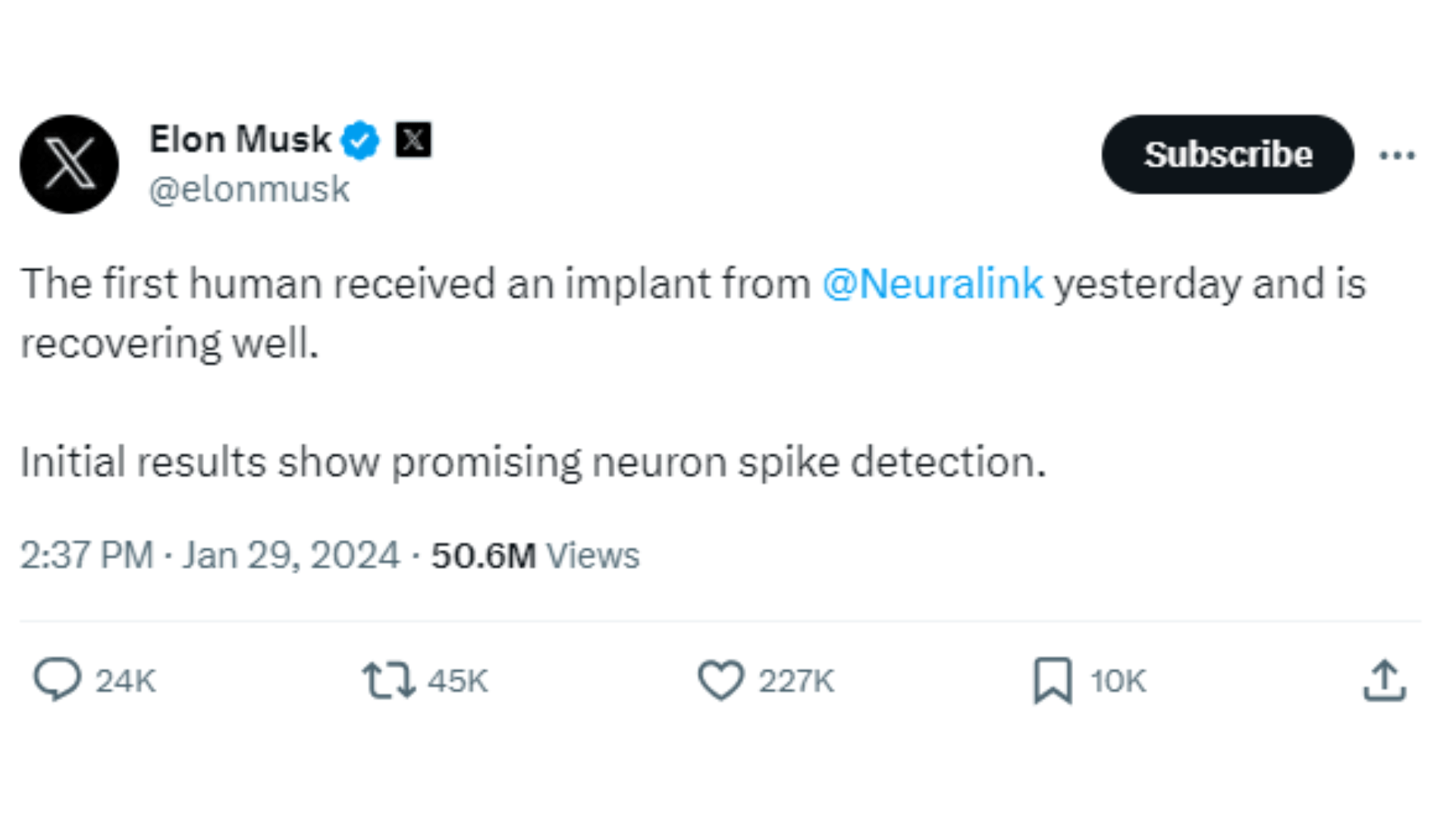
In a Twitter post, Elon Musk announced that the first human patient has received an implant from Neuralink.
While details about the patient remain scarce, Musk stated that the initial results show promising neuron spike detection and that the patient is recovering well. This development marks a significant milestone in the field of brain-computer interfaces and paves the way for future advancements in neurotechnology.
Potential Applications of Neuralink

The potential applications of Neuralink’s brain-computer interfaces are vast and encompass a wide range of fields.
One of the primary goals of the technology is to help individuals with neurological disorders regain control over their bodies. For example, people with quadriplegia due to spinal cord injuries or conditions like ALS could potentially regain mobility and independence through the use of Neuralink’s implants.
Neuralink and Cognitive Enhancement

Furthermore, Neuralink’s technology holds promise in the field of cognitive enhancement.
By directly interfacing with the brain, the implants could potentially enhance memory, learning capabilities, and overall cognitive function. This has significant implications for individuals with neurodegenerative diseases like Alzheimer’s and dementia.
What Are Neuralink’s Long-Term Effects?

While the potential benefits of Neuralink’s technology are undeniable, there are also several challenges and concerns that need to be addressed.
One of the primary concerns is the safety and long-term effects of implanting devices directly into the brain. Brain surgery is a complex and delicate procedure, and the risk of complications such as brain hemorrhage and seizures cannot be ignored.
What are the Ethical Implications of Neuralink?

Another concern is the ethical implications of merging our minds with machines.
The ability to control computers and devices through our thoughts alone raises questions about privacy, autonomy, and the potential for misuse. It is crucial to establish robust ethical frameworks and regulations to ensure that this technology is used responsibly and for the benefit of humanity.
The Future of Neuralink
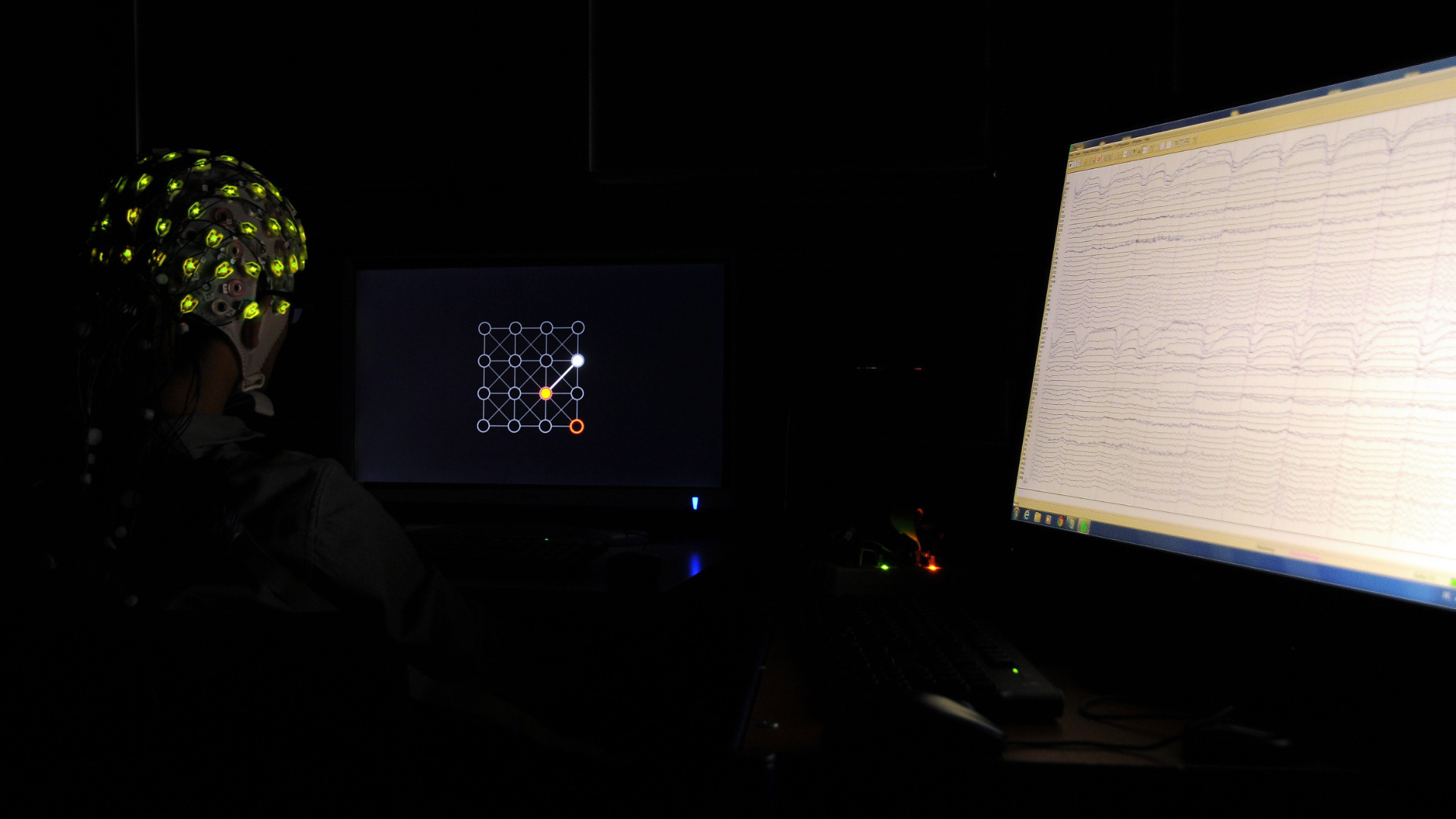
Despite the challenges and concerns, the future of Neuralink and brain-computer interfaces looks incredibly promising.
With ongoing research and development, we can expect to see further advancements in the field, leading to safer and more effective implantable devices. The potential applications of this technology extend far beyond healthcare, with possibilities in fields such as virtual reality, gaming, and communication.
Elon Musk’s Vision for Neuralink

Elon Musk’s vision for Neuralink goes beyond medicine and aims to create a future where humans and AI can coexist and collaborate seamlessly.
From controlling our devices with our thoughts to enhancing our cognitive abilities, Neuralink has the potential to reshape the way we interact with technology and unlock new possibilities for humanity.
A Significant Milestone
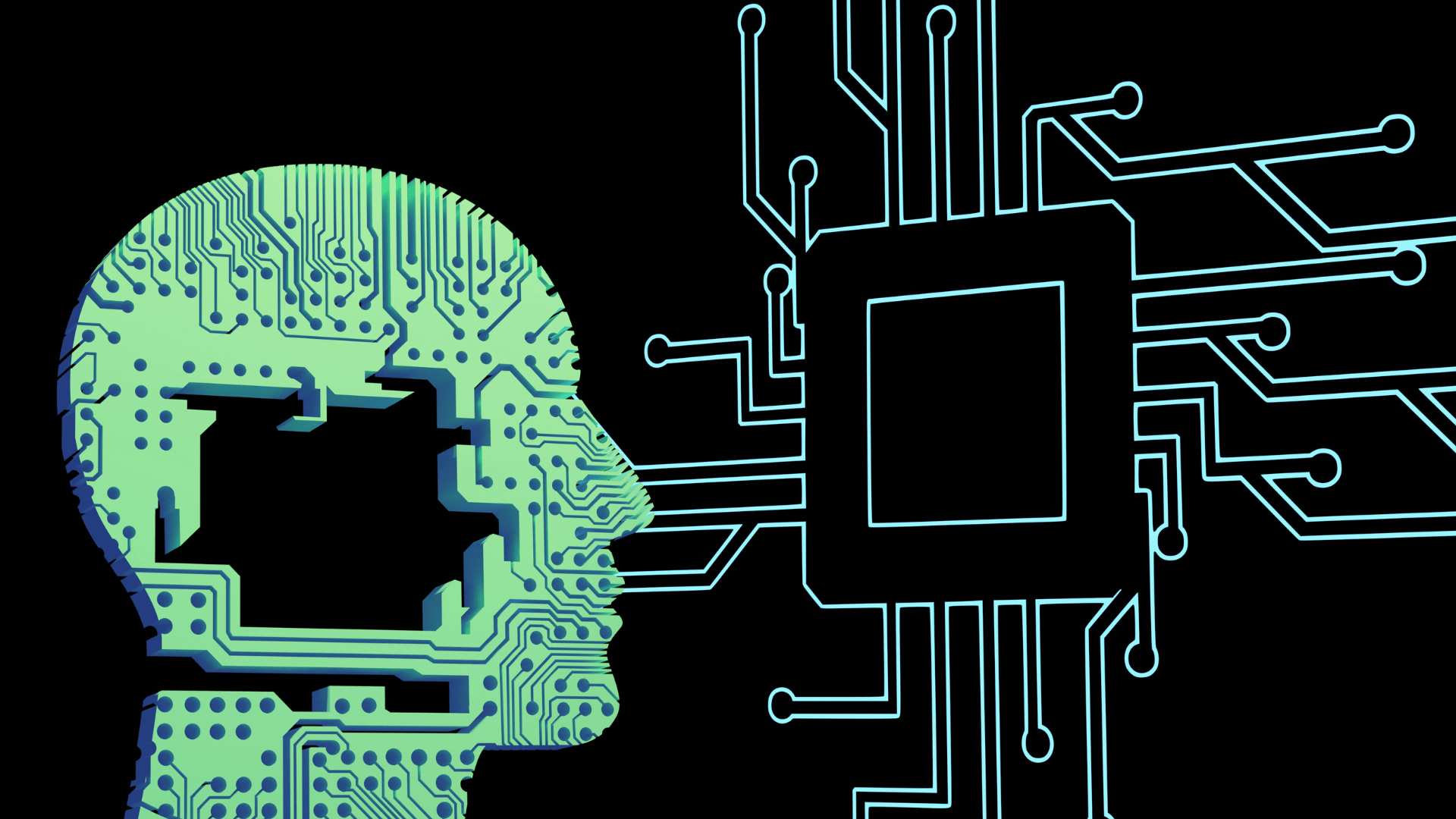
Neuralink, the brainchild of Elon Musk, is pushing the boundaries of neurotechnology with its revolutionary brain-computer interfaces.
By merging our minds with machines, Neuralink aims to enhance human cognition and revolutionize healthcare. The recent announcement of the first human patient receiving an implant from Neuralink marks a significant milestone in the field.
The Future of Brain-Computer Interfaces

As Neuralink continues to push the boundaries of what is possible, we can expect to see further advancements in the field of brain-computer interfaces.
With responsible development and thoughtful consideration of the ethical implications, Neuralink has the potential to shape a future where humans and AI can coexist harmoniously, unlocking new possibilities for humanity.
A Revolutionary Step in Brain-Computer Interfaces

During a spaces event on his social media platform X, formerly known as Twitter, Musk revealed that the first human implanted with a Neuralink brain chip has successfully recovered and is now able to control a computer mouse with their thoughts.
“Patient is able to move a mouse around the screen by just thinking,” Musk stated.
Pushing the Limits of Thought-Controlled Technology

The ambitious goal now, as Musk pointed out, is to maximize the number of mouse button clicks achievable through thought control alone, CBS News reports.
This development comes after Neuralink implanted a chip in its first human patient, marking a milestone in the company’s history..
From Approval to Implementation

Forbes reports that Neuralink’s journey to this point began with receiving approval for human trial recruitment in September, followed by the successful implantation of the chip last month.
The firm employs a robot for the surgical placement of a brain-computer interface implant in brain regions associated with movement intention.
Targeting Those in Need

CBS News notes that Neuralink’s trials focus on individuals with severe mobility impairments, such as those with quadriplegia from cervical spinal cord injuries or amyotrophic lateral sclerosis (ALS).
By selecting participants who stand to gain profoundly from the technology, Neuralink underscores its commitment to addressing some of the most challenging conditions affecting mobility and independence.
The Science Behind the Interface
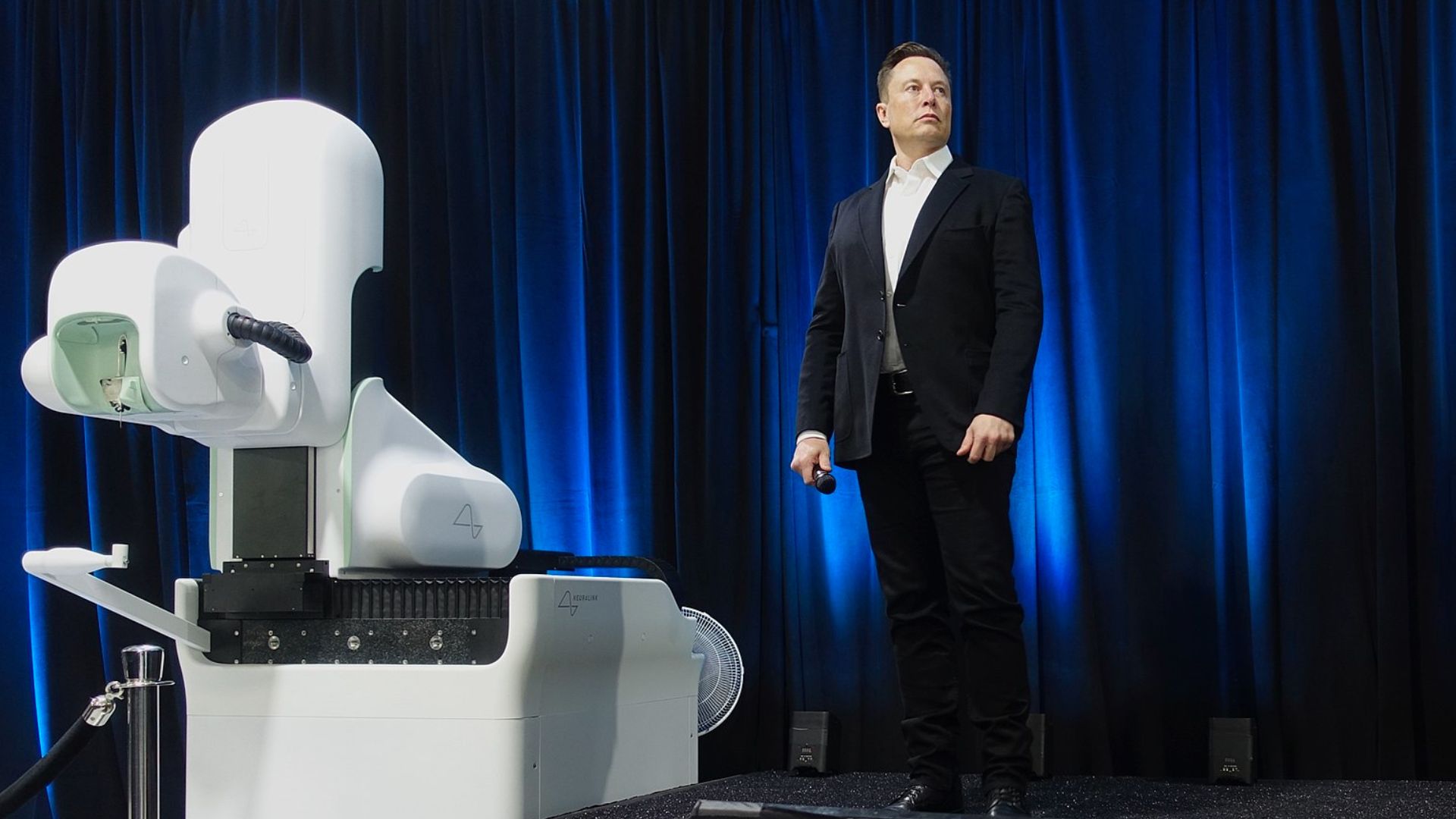
The current trial involves placing a brain-computer interface in a part of the brain responsible for the intention to move, Forbes reports.
This sophisticated approach aims to translate thought into action, enabling seamless interaction with digital devices without the need for physical movement.
Calls for Transparency and Ethics

CBS News shared that the Hastings Center, a respected research institute, criticized Neuralink’s method of publicizing its achievements without formal reporting, calling it “science by press release.”
This approach, involving a vulnerable participant, demands a higher standard of ethical transparency, according to Arthur Caplan and Jonathan Moreno of the University of Pennsylvania, as quoted in the center’s blog post.
The Ethical Debate
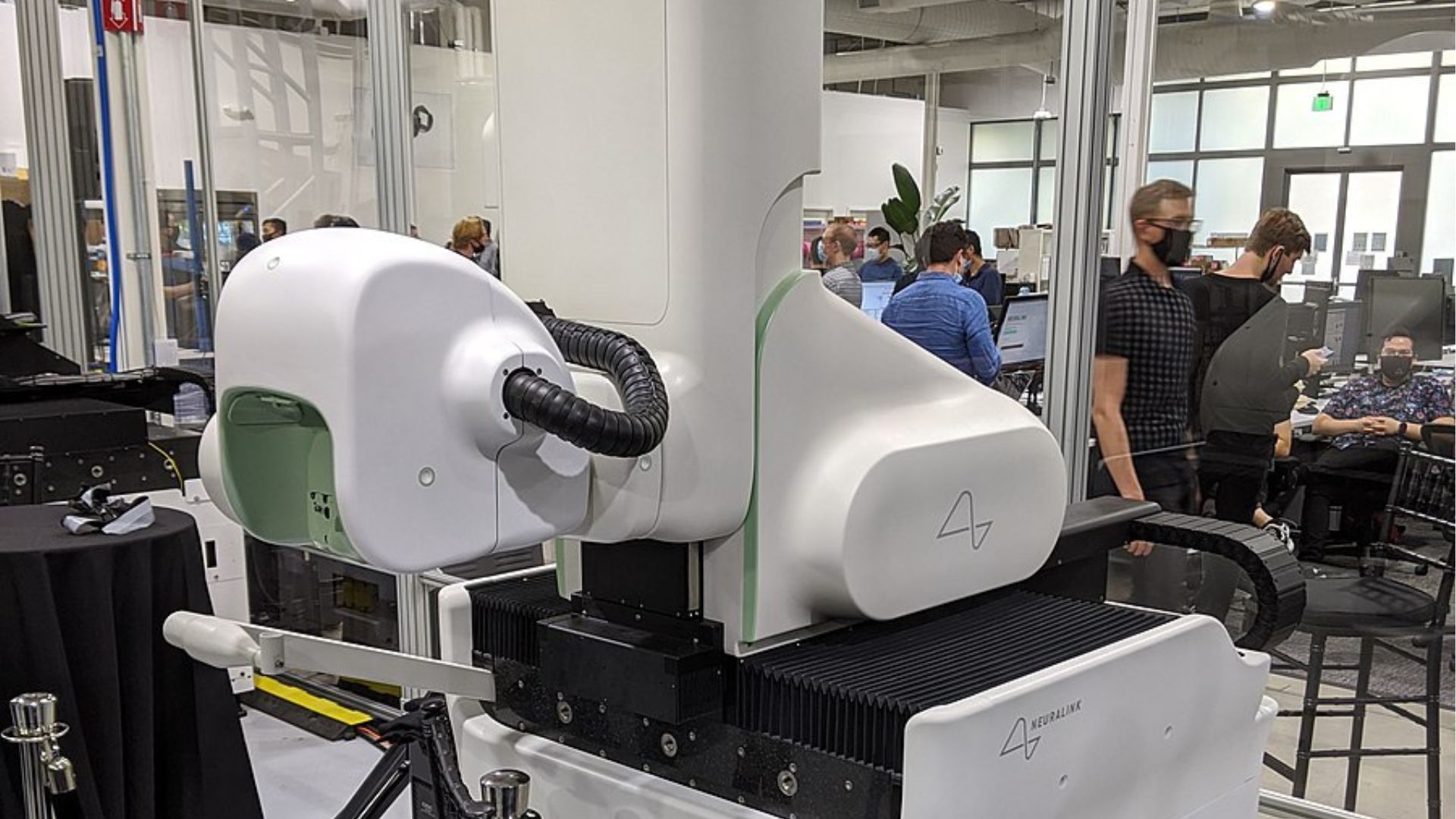
Caplan and Moreno argue that despite the lack of a formal requirement for early feasibility study reporting by the FDA, those involved in Neuralink’s trials have a moral obligation to provide transparent information.
This responsibility is crucial to ensuring that the public’s expectations are managed responsibly, especially for those with serious neurological disabilities.
The Challenge of Ethical Obligations
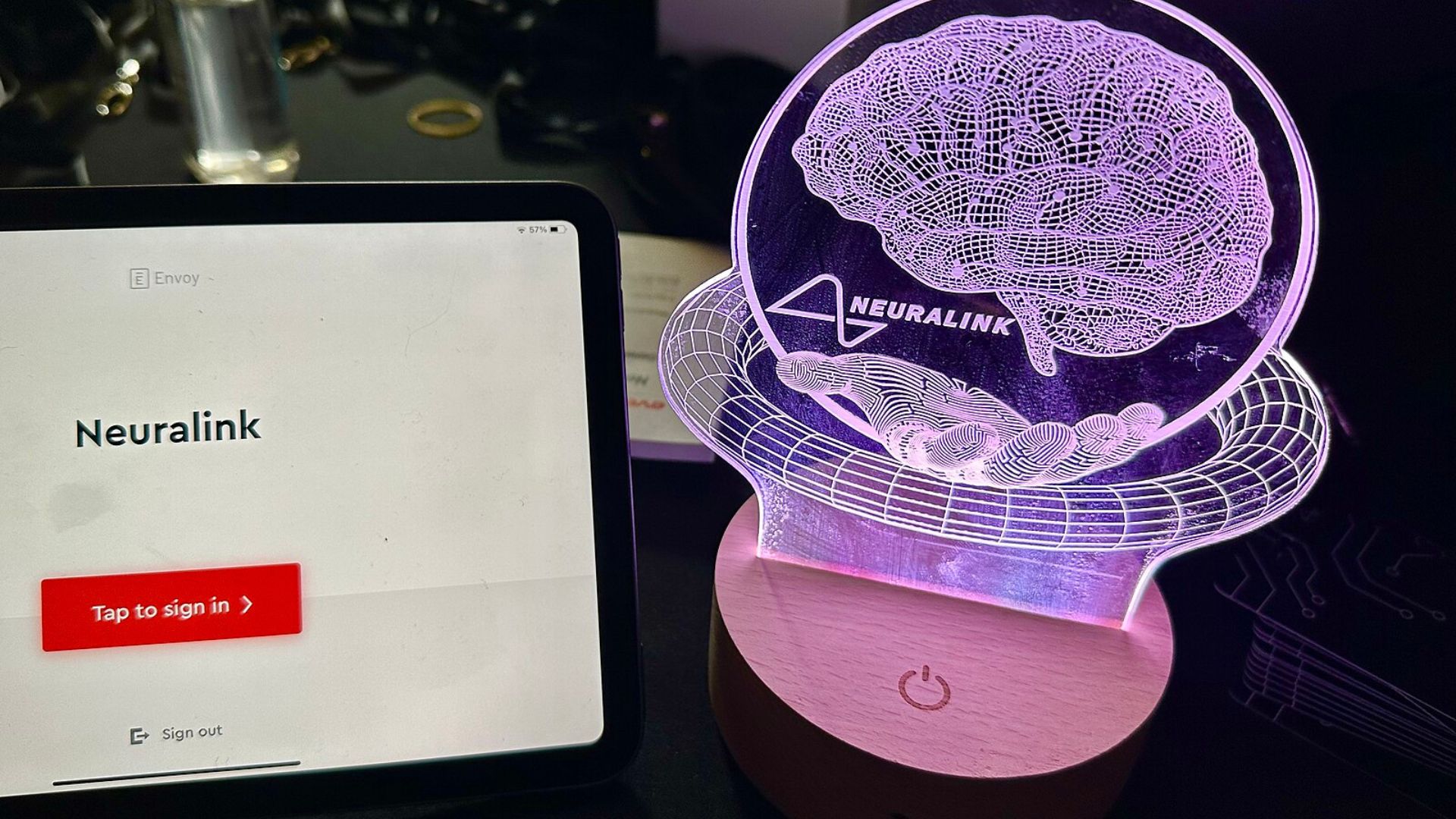
The debate over Neuralink’s transparency touches on the broader ethical considerations in cutting-edge medical technology.
“A technical regulatory veil does not shield them from the ethical obligations of transparency,” Caplan and Moreno emphasized, highlighting the importance of openly sharing information to avoid giving false hope to individuals with severe neurological conditions.
Safety and Ethical Scrutiny

Despite its valuation at about $5 billion last year, Neuralink has also faced scrutiny over its safety protocols and ethical considerations.
The company has been fined for violating U.S. Department of Transportation rules related to the transport of hazardous materials, raising questions about its operational practices, The Guardian reports.
Neuralink’s Hazardous Waste Violations Uncovered

Reuters revealed that documents from the Department of Transportation (DOT), obtained by the Physicians Committee for Responsible Medicine (PCRM) through a records request, reveal Neuralink’s improper handling of hazardous waste.
The advocacy group, which has accused Neuralink of animal mistreatment—a claim the company denies—shared these findings with Reuters.
Serious Safety Oversights at Neuralink Exposed

Investigations by the DOT into Neuralink’s operations in Texas and California uncovered the company’s mishandling of hazardous materials, including the flammable liquid Xylene, as per information from Reuters.
Exposure to Xylene can lead to irritation, headaches, dizziness, and potentially fatal outcomes in severe cases. Furthermore, Neuralink was found to be unregistered for hazardous material transportation at the time, raising questions about its compliance with safety regulations.
Looking Toward the Future

As Neuralink continues to advance in its groundbreaking work, the dialogue around ethical standards and safety protocols remains vital.
The potential to transform lives through technology brings with it a responsibility to ensure that advancements are pursued with caution, transparency, and a deep commitment to the well-being of all participants involved.








































